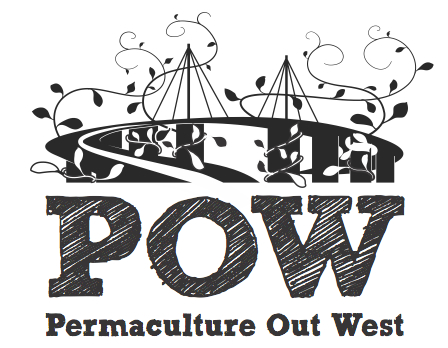Allocasuarina verticillata
Name
allo and casuarina indicating the relationship with the genus casuarina
Casuarina comes from the resemblance of the drooping branches to the feathers of the Cassowary bird.
Distinctive features
Well known for the sound of the wind blowing through it’s branchlets.
In late spring it’s covered with the tiniest red flowers so it looks like a red haze.
General Description
Drooping she-oaks have drooping branches and branchlets that are a bit like really long pine needles. Plants grow fairly quickly once established but look a bit sparse when young. Plants are either male or female, with the female plant bearing spiky cones.
It is a round-headed, small to medium sized tree that grows in a variety of sites. It’s tolerant of sandy, dry soils and coastal salt spray. Although known as a coastal plant, it also grows successfully on the heavy, cracking clays near Bacchus Marsh.
The species used to be known as Casuarina stricta. There’s extensive plantings of another species native to NSW and QLD that look similar but have much smaller cones on the female plant.
In earlier times, a she-oak woodland grew from the western side of the Maribyrnong, from present-day Braybrook to Yarraville, and down to Williamstown. The predominant she-oak was the drooping she-oak, while there was a smaller number of black she-oak. The she-oak woodland was quickly cut down as they made great firewood, leaving us with no she-oak woodlands in the western region of Melbourne.
There were also clumps of she-oaks across the western plains. A story was told of a group that set off from Preston to join the gold rush. “We camped the first night on Keilor Plains in a clump of she-oak trees. There were many of these about the plains but they have been cut down by bullock drivers for their cattle when the feed was scarce. It is a pity, for it has left the plains so bare.”1
The drooping she-oak is an excellent shade tree and windbreak but allows soft breezes to penetrate. A mature tree can be over 5 metres tall and almost as wide.
She-oaks fixes nitrogen from the air via nodules on the roots to fertilise soil. The tree is self-mulching and suppresses weeds. You can grow other plants underneath if you rake up the needles and use them elsewhere for mulch. The she-oak needles form a mat that can’t be penetrated by the hard working black bird.
Planting
Don’t use a stake because they weaken Australian plants. Instead grab some rocks and put them against the trunk to hold it down and that will help stop it being blown out of the ground with a strong wind. The rocks mean all the wind in the world will not make any difference and will hold the root ball in the ground. Then once it’s planted add water.
And add some blood and bone, and that’s about it.
Contact Friends of Stony Creek for more information. They also have a small stock of drooping she-oaks available in forestry tubes for $1.50 (small) and $4.00 (large).
Contact: 9332 3889 (After hours only)
Contact Name: Mr Steve Wilson
On-going Volunteering Opportunities:
1. Planting, weeding and cleaning-up of indigenous plants along the Stony Creek
2. Water monitoring
3. Assisting with school activities
4. Assisting with storm water and planning issues
5. Involvement with the NEIP Plan and process, and coordinating with local planning authorities and community groups
About the Organisation: The Friends of Stony Creek conduct plantings, clean-ups, weeding, tours and talks. We issue and distribute a newsletter and a planting calendar, and support other ‘friends’ groups and community groups. We aim to raise the profile of the Creek for the purpose of recreation and education. We influence local councils, Melbourne Water, Parks Victoria, and industry to appreciate the importance of our Creek.
- The Loddon Aborigines by Edgar Morrison

